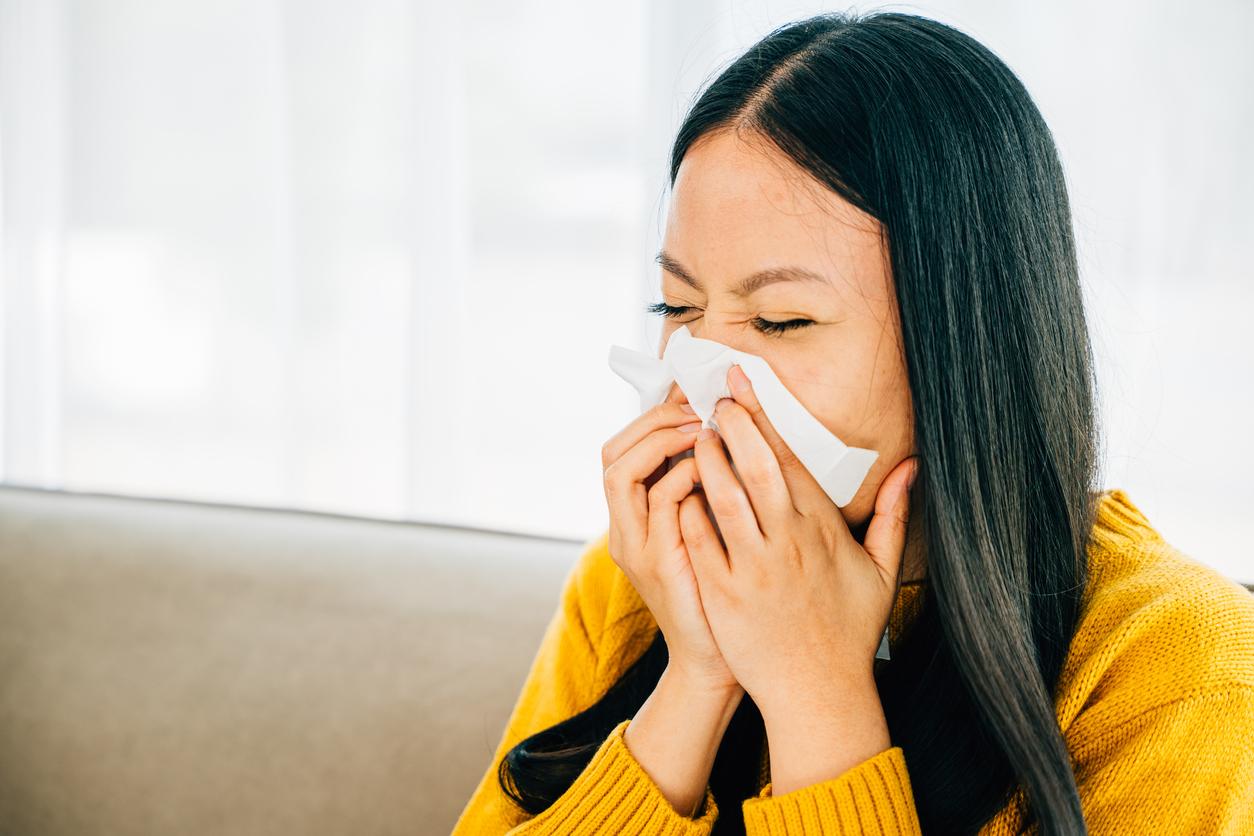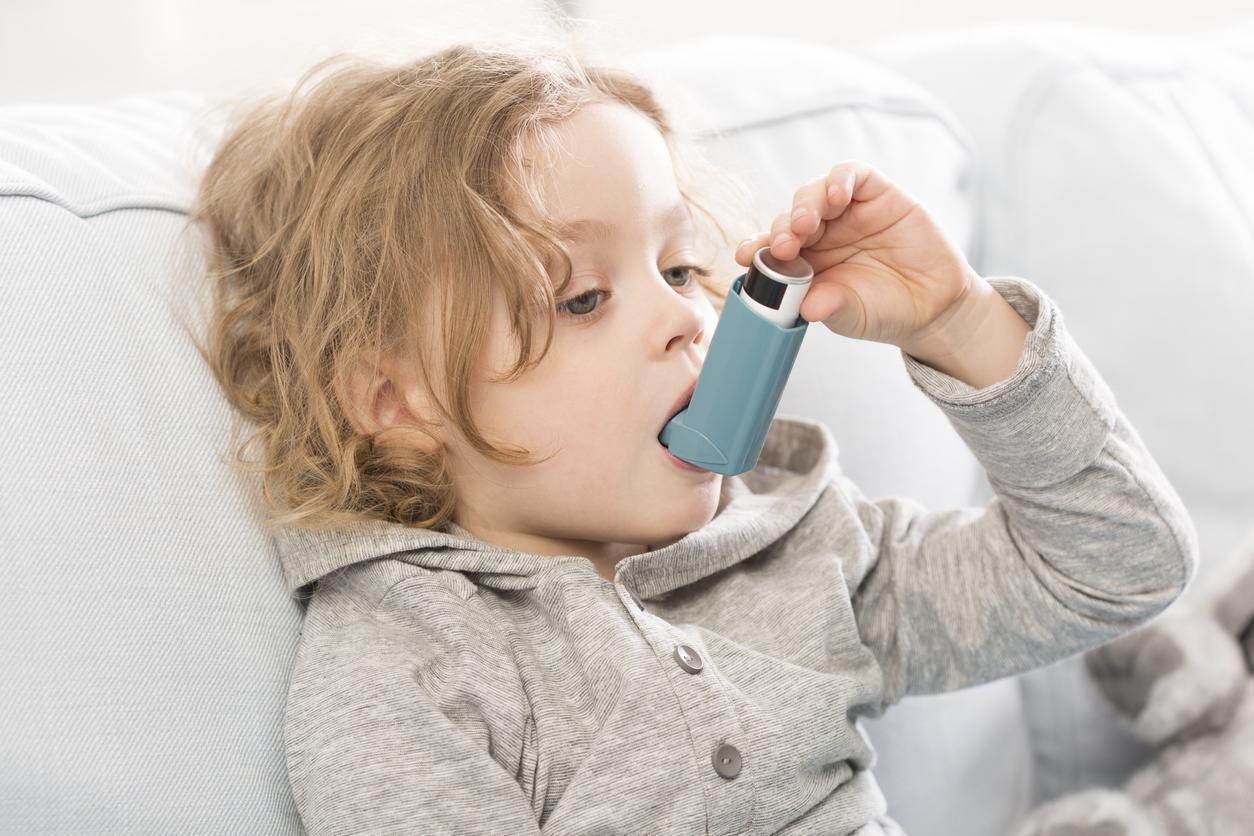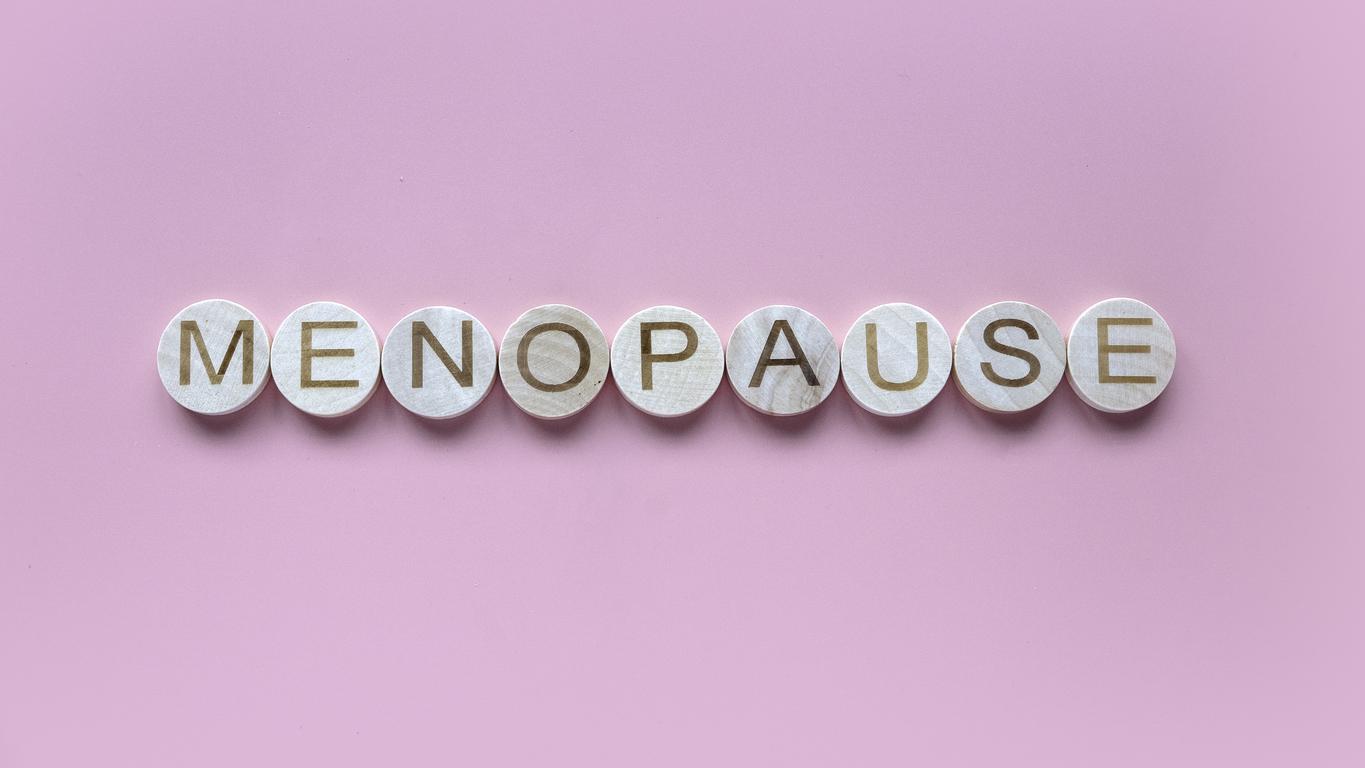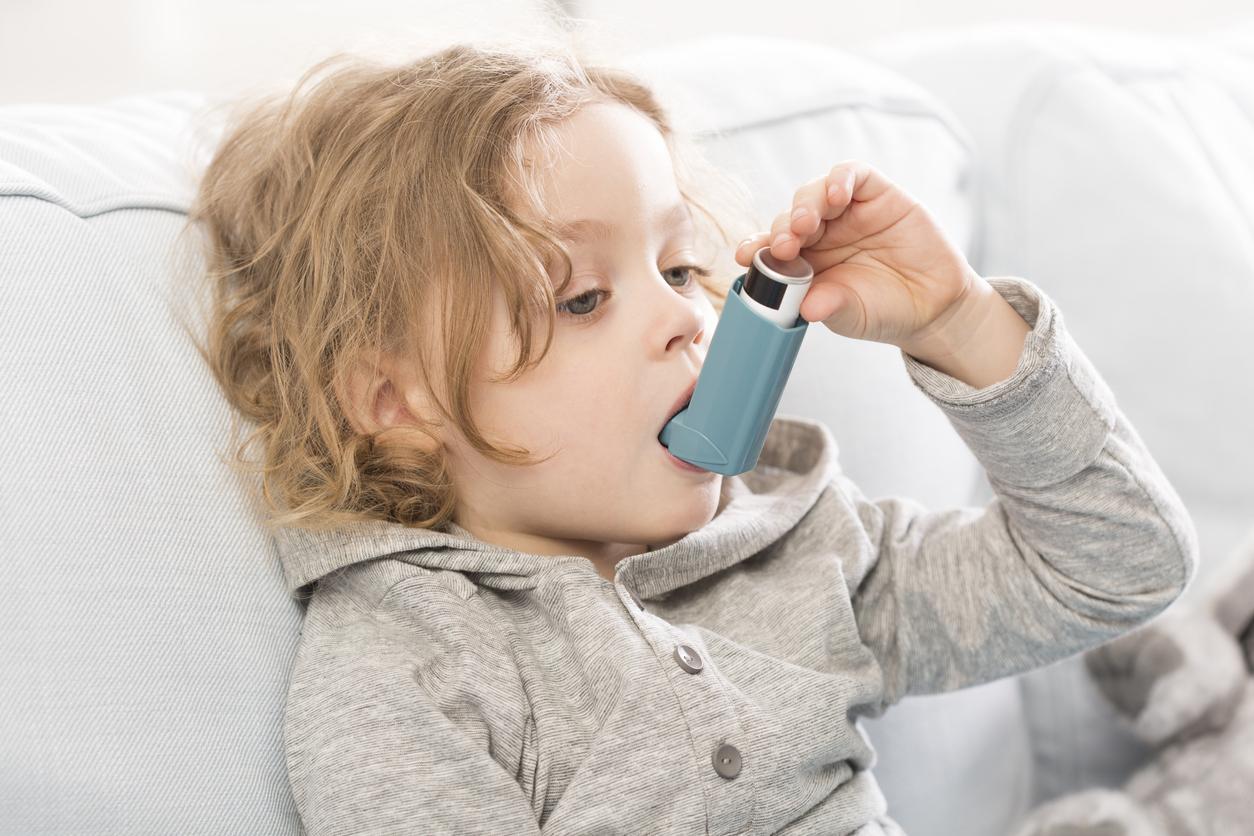For people with allergies and asthma, burning incense is not without consequences on respiratory health.
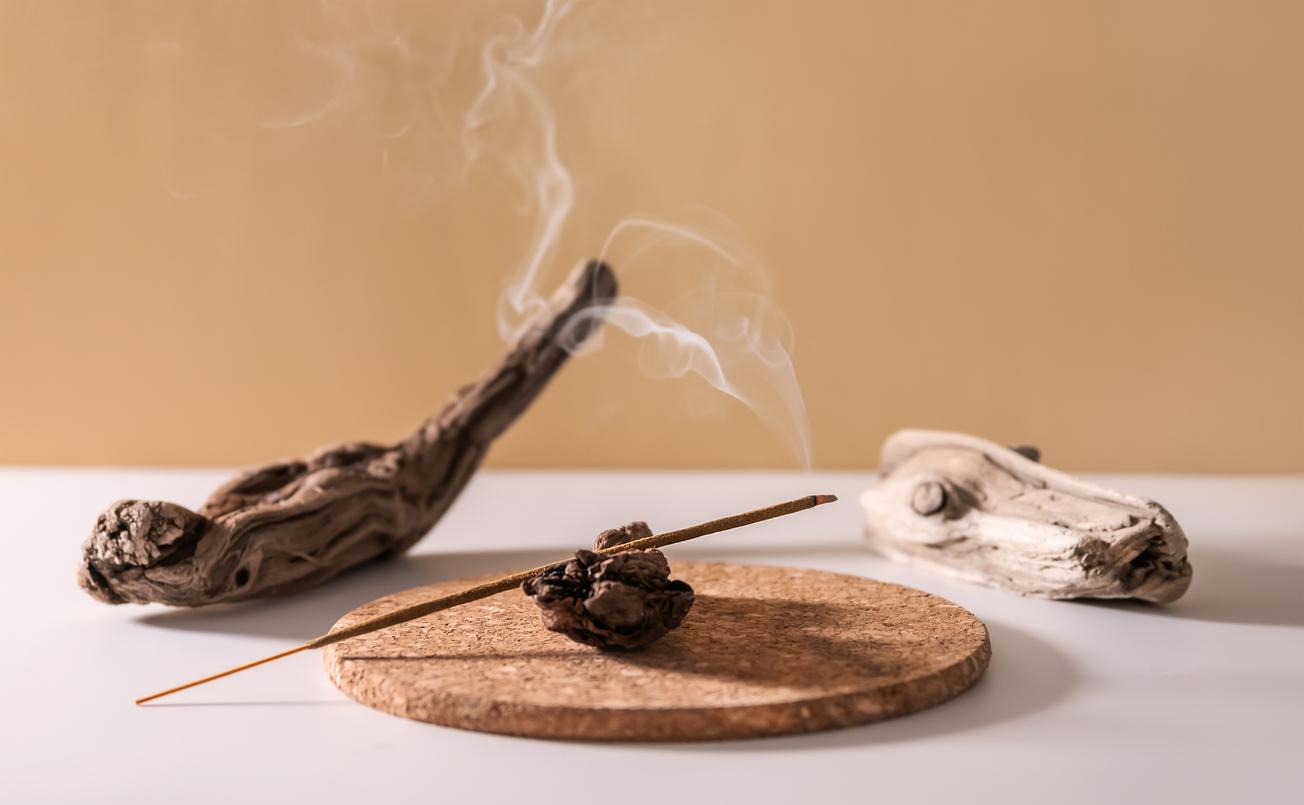
- Daily burning of incense caused unexplained shortness of breath in an 87-year-old woman with a history of asthma and COPD and on oxygen therapy.
- “Per gram burned, the particles generated by incense are 45 mg compared to 10 mg for cigarettes,” according to specialists, pointing out that people, particularly those with allergies and asthmatics, who are exposed to it “thus suffer health consequences.”
- “Just like tobacco smoke, thirdhand smoke from incense can linger in furniture, clothing and other items, and dissipate for months.”
In the form of coils, cones, powders and sticks, incense, a resin extracted by incision from the bark of various burseraceae, is widely used for religious and cultural practices, including meditations, celebrations and worship spiritual and ancestral. When burned, a scent is released. “Incense fumes contain carbon, sulfur, nitrogen oxides as well as formaldehyde and other polycyclic aromatic volatile compounds which are carcinogenic. Per gram burned, the particles generated by incense are 45 mg versus 10 mg for cigarettes”, allergists reported.
Unexplained shortness of breath in an asthmatic octogenarian who regularly burned incense
Problem: Burning incense causes health problems, especially in adults and children with allergies or asthma. In a studythe results of which were presented to the American College of Allergy, Asthma and Immunology (ACAAI) conference in Boston, professionals described the case of an 87-year-old woman with a history of asthma and COPD. They explained that this patient, on oxygen therapy, had unexplained shortness of breath. A detailed history revealed that she burned incense daily to express her homage and reverence to her ancestors. “Subsequently, we recommended that she stop burning incense, but she did not want to do it. We then advised her to use electric incense devices, which led to an improvement in her symptoms “, said the specialists.
Burning incense: “family members exposed to second-hand smoke suffer health consequences”
In addition to causing respiratory dysfunction, burning incense can cause headaches, dermatological sensitivity and allergic reactions. “People who burn incense may not realize that their family members, including children, who are exposed to second-hand smoke experience health consequences. Just like tobacco smoke, Third-hand smoke from incense can linger in furniture, clothing, and other items, and dissipate for months. said Mary Lee-Wong, allergist, ACAAI member and lead author of the research. Besides the health implications, burning incense contributes to air pollution and can pose a fire hazard.

Consider the sacred meaning of burning incense during consultations
In the conclusions, the authors advise doctors to take into account the sacred meaning of burning incense when advising their patients who burn incense, but also to recognize that the health risks associated with this practice cannot be neglected. After determining that they are using incense, practitioners may recommend replacing it with electric or aromatic vapors, visual simulations, improved ventilation, and limiting burning time as approaches to mitigate damage and improve symptoms. .








